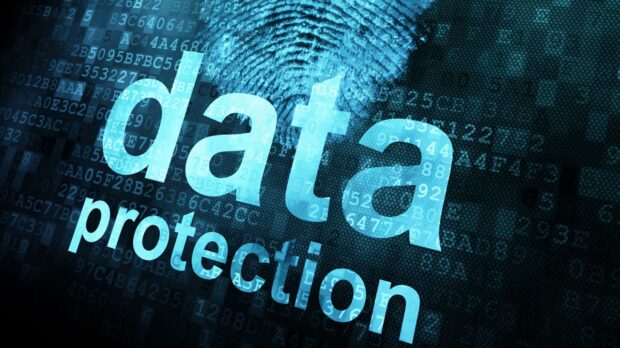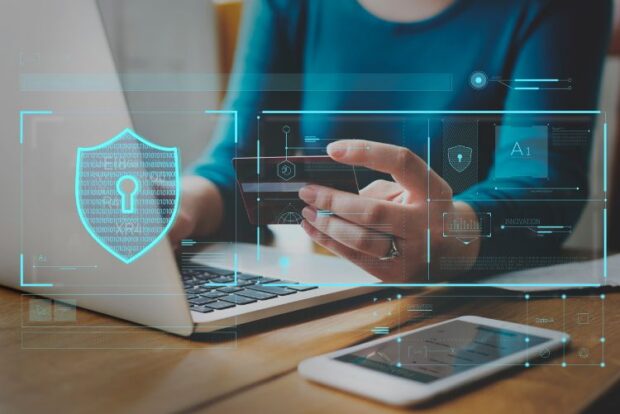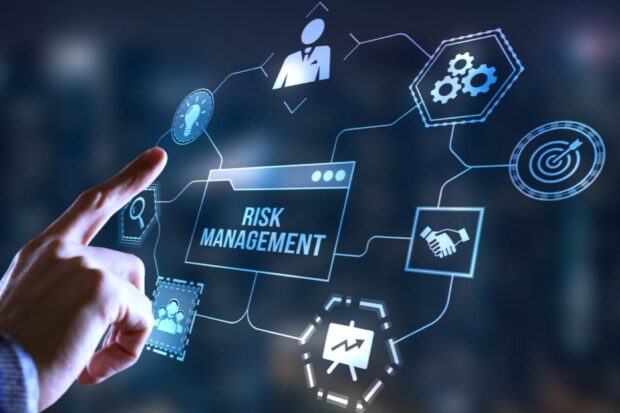In today’s rapidly evolving digital landscape, where data fuels innovation and connectivity, ensuring robust data protection has become paramount. Organizations and individuals alike are grappling with the challenge of safeguarding sensitive information from a multitude of threats. This blog post delves into the crucial realm of data protection, elucidating the strategies and techniques that can fortify our digital defenses and mitigate potential risks.
Importance of Data Protection in Modern Digital Landscape
In an era defined by digital transformation, data has emerged as a prized asset. From personal identifiers to critical business insights, data powers decision-making and operations. Consequently, the stakes are higher than ever when it comes to safeguarding this invaluable resource. Breaches can lead to financial losses, reputational damage, and legal consequences. Thus, robust data protection isn’t just a choice, but a necessity.
Privacy and Security Concerns

Data risks come in multifaceted forms – from cyberattacks and malware to inadvertent human errors. Both privacy and security concerns are intertwined in this narrative, highlighting the critical need for effective data protection risk management. Privacy breaches can expose personal information, while security breaches might lead to unauthorized access or facts loss. Recognizing these risks and acknowledging the imperative role of data protection risk management is the first step toward addressing them effectively. Privacy and security should go hand in hand, guiding strategies that safeguard sensitive information while ensuring access control and resilience against potential threats.
Shielding Sensitive Information Safely
A strong defense system against unauthorized access is encrypting information. Encryption guarantees that even if information gets hacked, it remains indecipherable by transforming it into an unreadable format for unauthorized users. This method is especially important for data that is both in transit and at rest. Using powerful encryption methods may dramatically improve security.
Role of Strong Authentication: Access Control and User Verification.

Authentication mechanisms like passwords, biometrics, and multi-factor authentication (MFA) are crucial for controlling access to sensitive data. Weak authentication can provide an open door for attackers. MFA, which combines multiple verification factors, adds an extra layer of security, ensuring that only authorized personnel gain entry.
Ensuring Resilience Against Loss and Breaches
Hardware failure, software bugs, or cyberattacks are just a few of the causes of information loss. A primary method to maintain data resilience is to regularly back up your personal information. Organizations can easily resume operations in the event of a breach or loss event by keeping backup copies of their records in different, safe places.
Staff Training: Creating a Security-Conscious Organizational Culture
Humans remain a potential weak link in protection. Through comprehensive training programs, organizations can empower their staff to identify phishing attempts, adhere to security protocols, and handle sensitive information judiciously. Fostering a security-conscious culture among employees is pivotal.
Legal and Ethical Responsibilities

Numerous protection regulations, such as the General Data Protection Regulation (GDPR) and the California Consumer Privacy Act (CCPA), enforce strict guidelines for data handling. Organizations must understand and adhere to these regulations to avoid legal and financial repercussions. Ethical considerations are equally important; respecting individuals’ rights over their facts builds trust and credibility.
Implementing Robust Firewall Systems: Defending Against External Threats
In the interconnected digital world, where data travels across networks, the role of firewalls has never been more critical. Firewalls serve as digital sentinels, protecting organizational networks from unauthorized access and cyber threats. By analyzing incoming and outgoing traffic, firewalls act as gatekeepers, allowing legitimate data to pass while blocking malicious entities.
Modern firewalls have evolved from simple packet filters to sophisticated systems equipped with advanced features. Intrusion Detection and Prevention Systems (IDPS) enhance protection by detecting and responding to unusual activities. Next-generation firewalls combine traditional packet filtering with application-level insights, allowing organizations to define granular access rules based on applications rather than just ports.
Incident Response Planning: Strategies for Quick and Efficient Action
No matter how robust the preventive measures are, breaches can still occur. This is where a well-crafted incident response plan becomes invaluable. An incident response plan is a structured approach to handling and mitigating the aftermath of a breach. It outlines the steps to identify, contain, eradicate, and recover from security incidents while minimizing damage and reducing recovery time.
The plan should designate key roles and responsibilities within the organization, ensuring a coordinated response. It’s vital to establish clear communication channels to keep stakeholders informed about the breach’s progress and impact. Additionally, legal and regulatory requirements should be considered when developing the plan.
Vendor Risk Management: Evaluating Third-Party Data Handling Practices

In an era of collaborative business ecosystems, organizations often rely on third-party vendors for various services. However, entrusting external partners with sensitive information introduces a unique set of risks. Organizations must extend their information protection efforts to encompass these collaborations.
Before sharing information with a vendor, a thorough risk assessment should be conducted. This assessment evaluates the vendor’s fact protection practices, security protocols, and compliance with relevant regulations. Contractual agreements should explicitly outline facts protection responsibilities, including provisions for breach notifications and liability assignments.
Emerging Technologies and Trends

As the digital landscape continues to evolve, so do the methods and tools for protection. Several emerging technologies are poised to shape the future of security.
Artificial Intelligence (AI) and Machine Learning (ML): These technologies can analyze vast amounts of information to identify patterns and anomalies that might indicate a breach. AI-powered systems can predict potential threats and suggest proactive measures to prevent them.
Zero Trust Architecture: This security model operates on the principle of “never trust, always verify.” It assumes that no user or device, whether inside or outside the network, should be trusted by default. Access is granted based on continuous verification of identity and behavior.
Homomorphic Encryption: This revolutionary technique allows computation on encrypted data without the need for decryption. It has the potential to transform how sensitive data is processed and analyzed while maintaining privacy.
Blockchain: Beyond its association with cryptocurrencies, blockchain’s decentralized and tamper-evident nature makes it an intriguing candidate for securing transactions and ensuring integrity.
Data Privacy Regulations: The legal landscape is continuously evolving to address data protection concerns. Keeping abreast of new regulations and adjusting protection strategies accordingly will remain crucial.
Conclusion
In conclusion, data protection is an ongoing journey that demands vigilance, adaptability, and a comprehensive approach. By understanding the risks, employing encryption and authentication, fostering a security-conscious culture, and complying with regulations, organizations and individuals can navigate the digital landscape with confidence. As we look to the future, staying abreast of emerging technologies will further empower us to safeguard our information in an ever-evolving digital age.




























